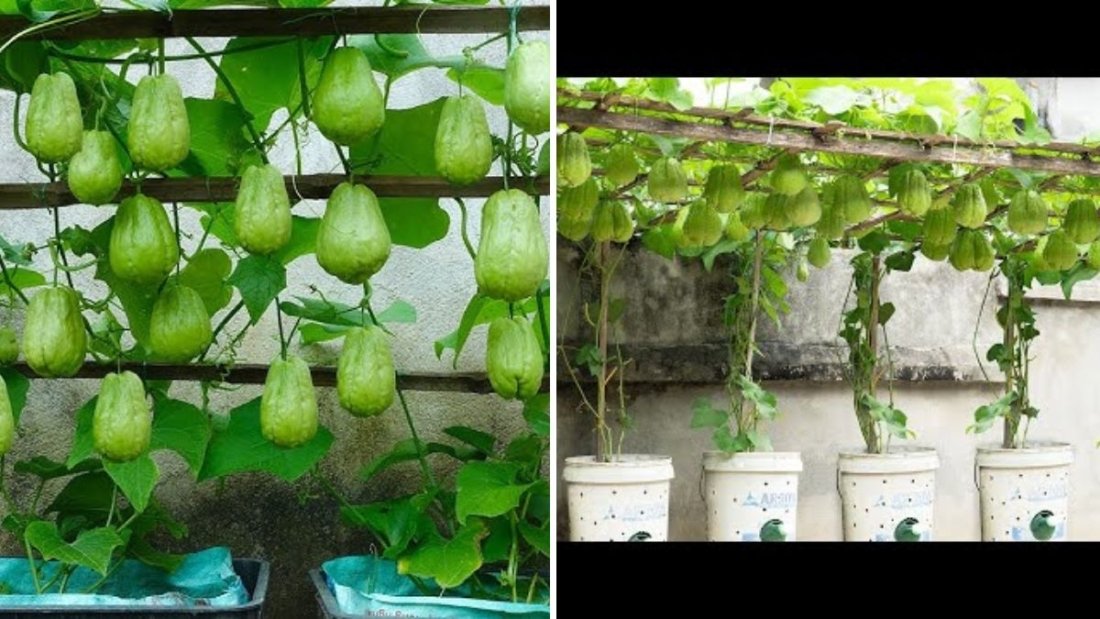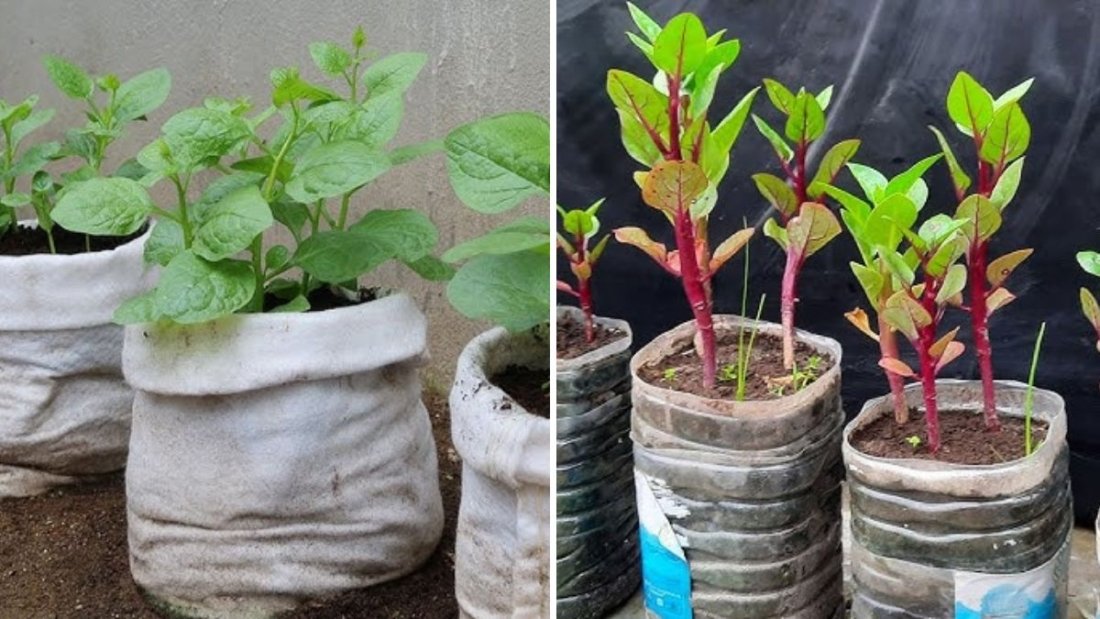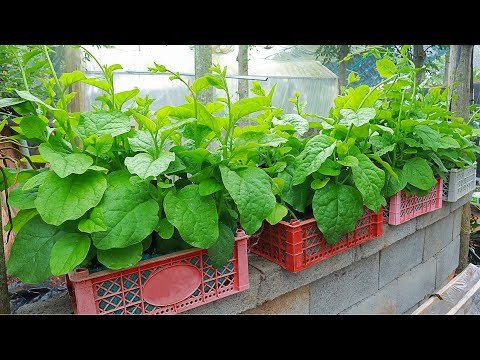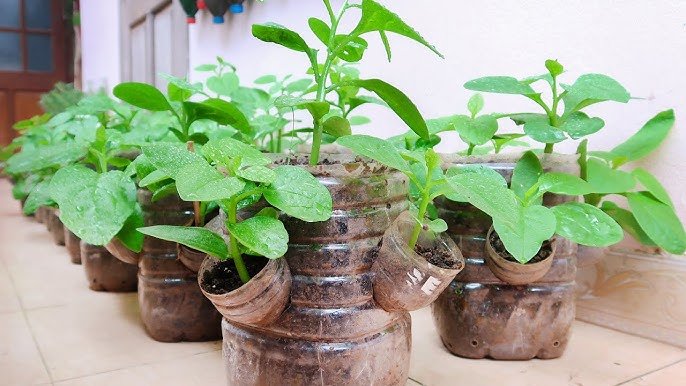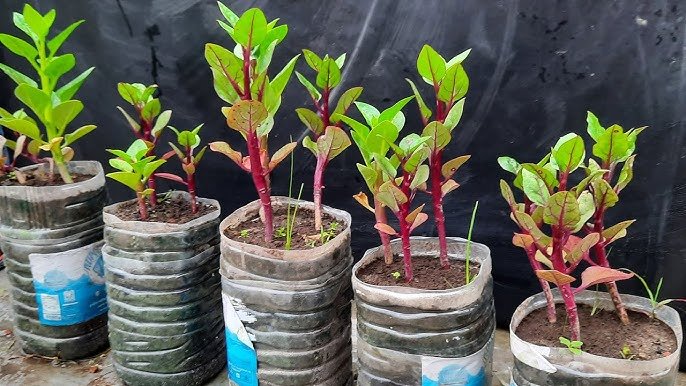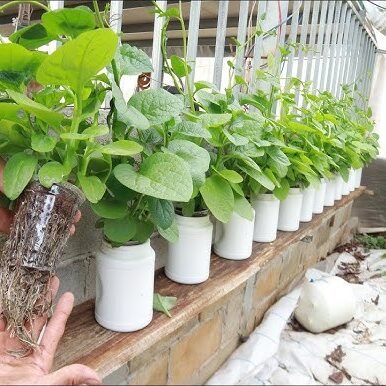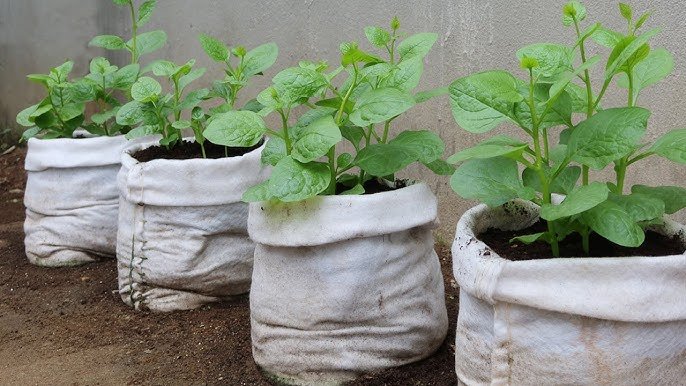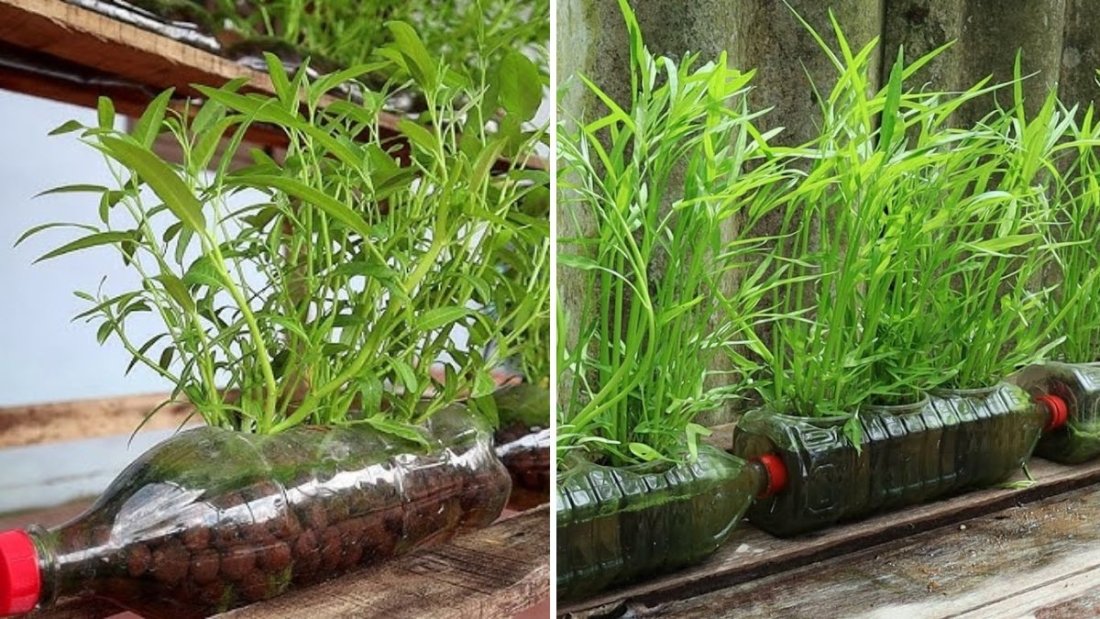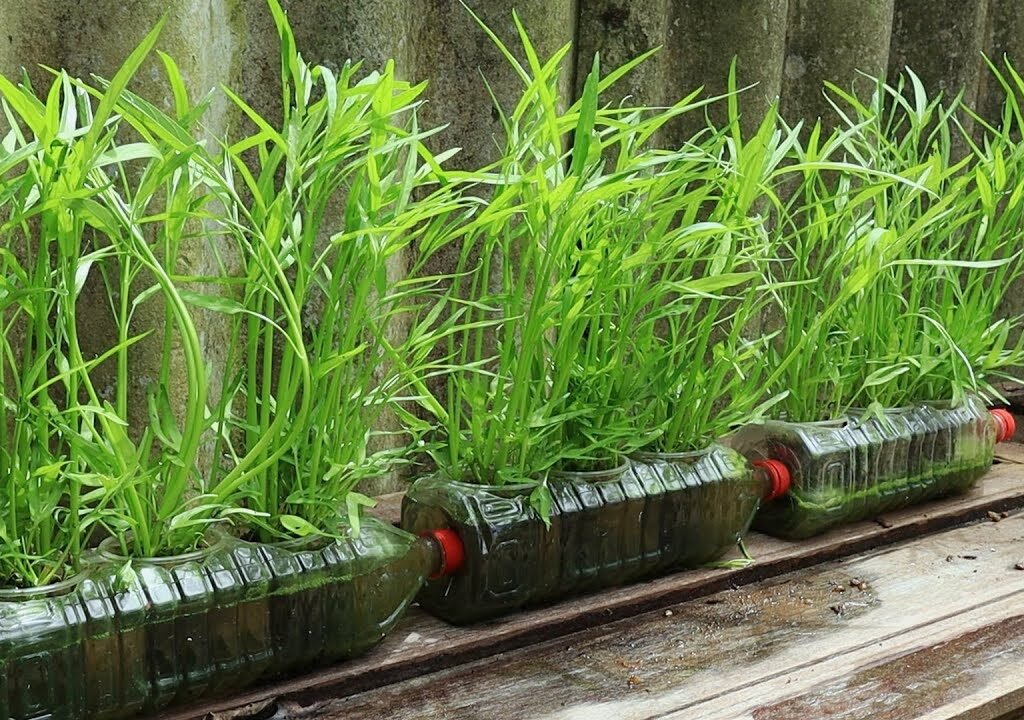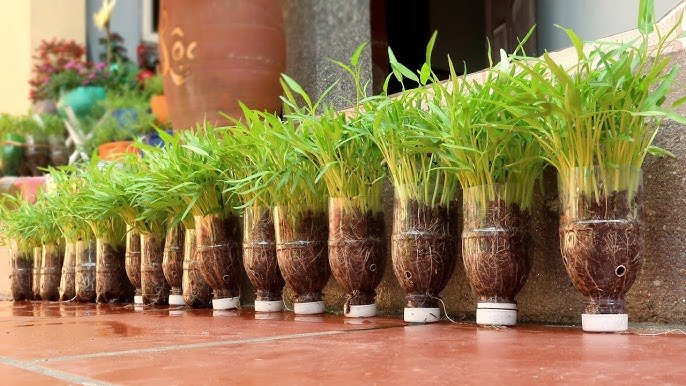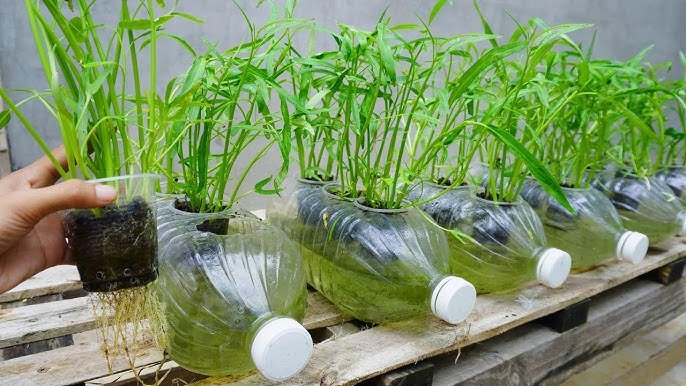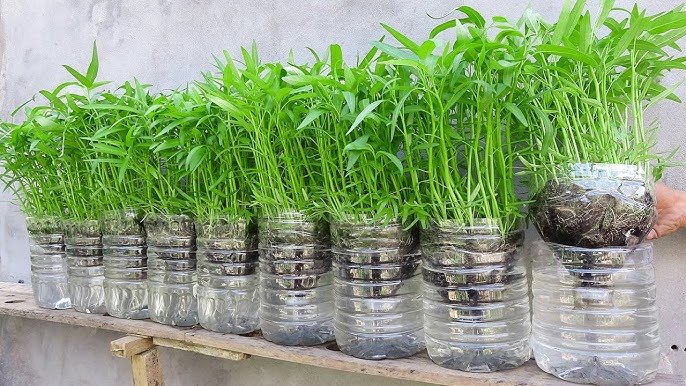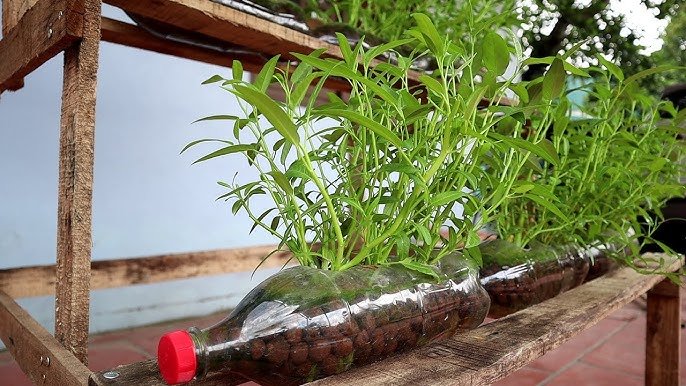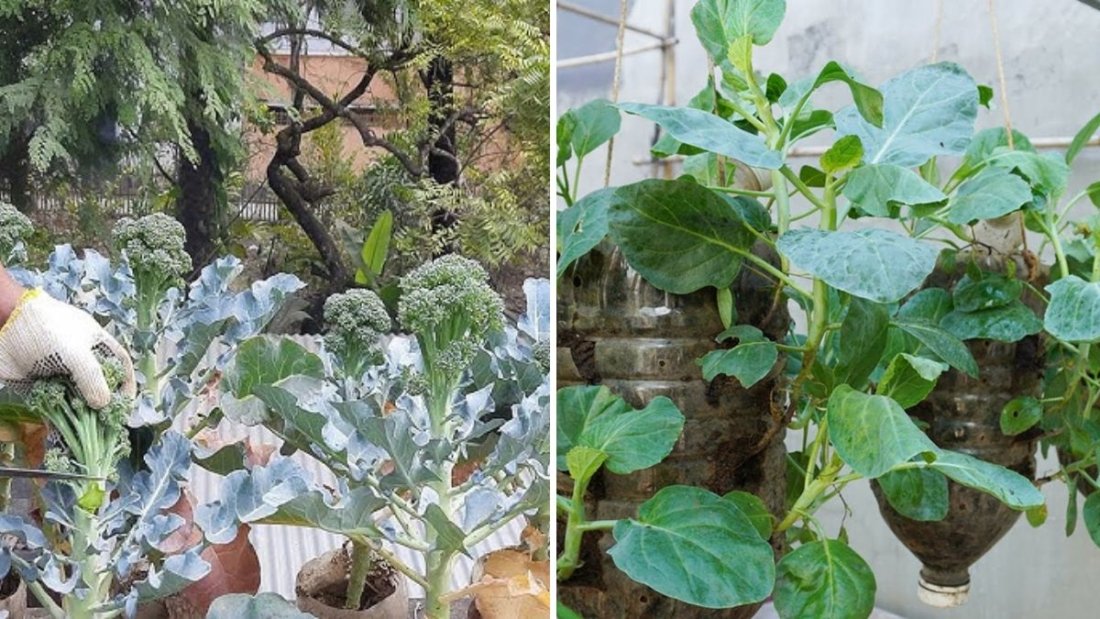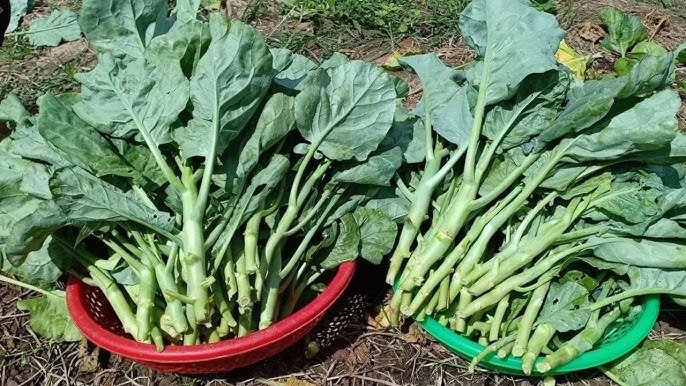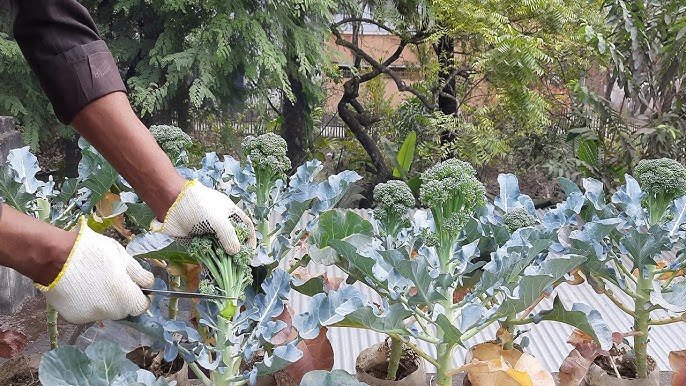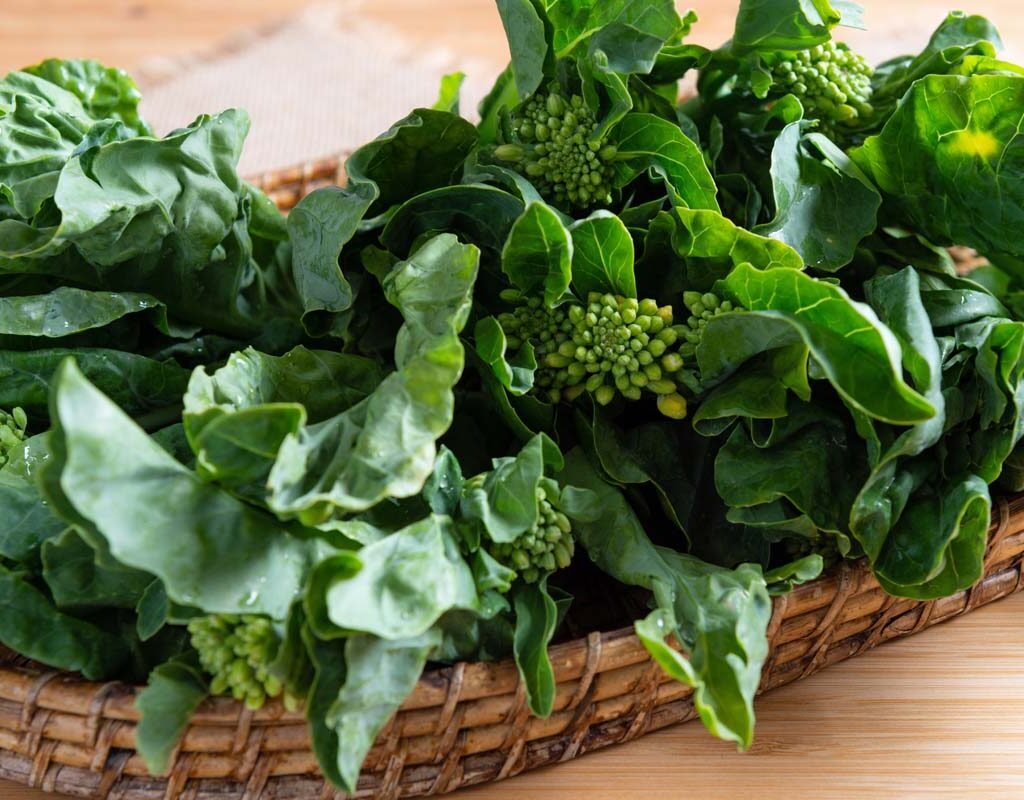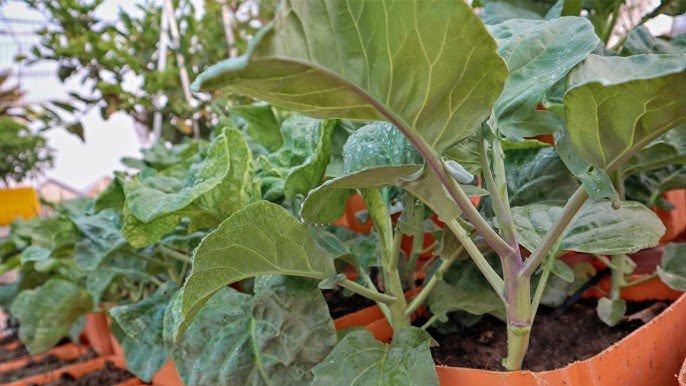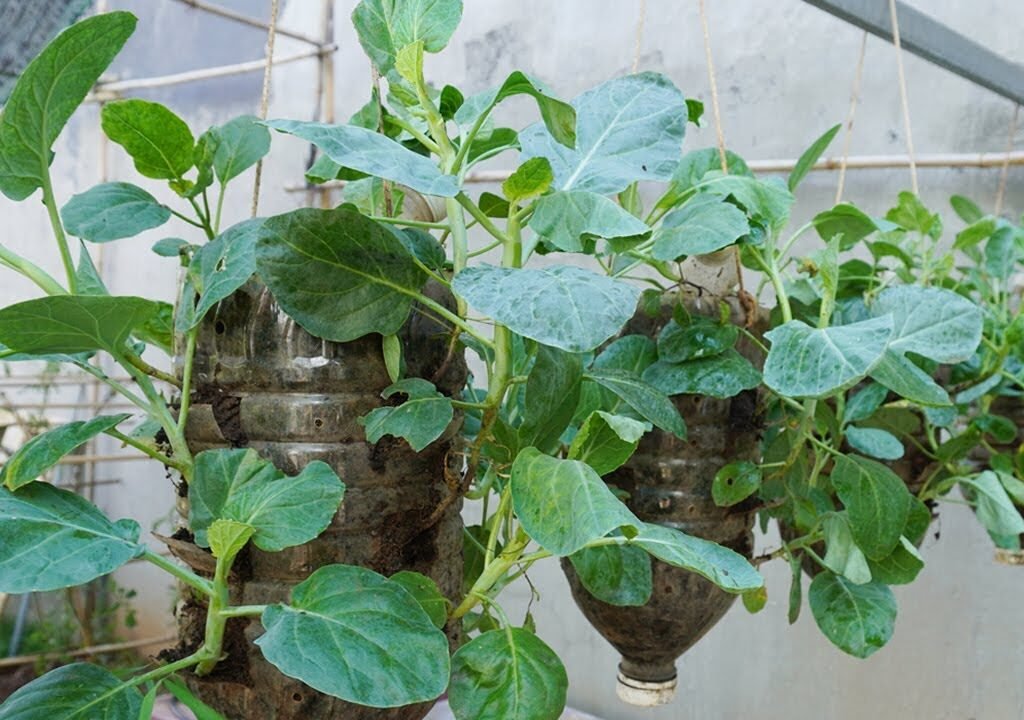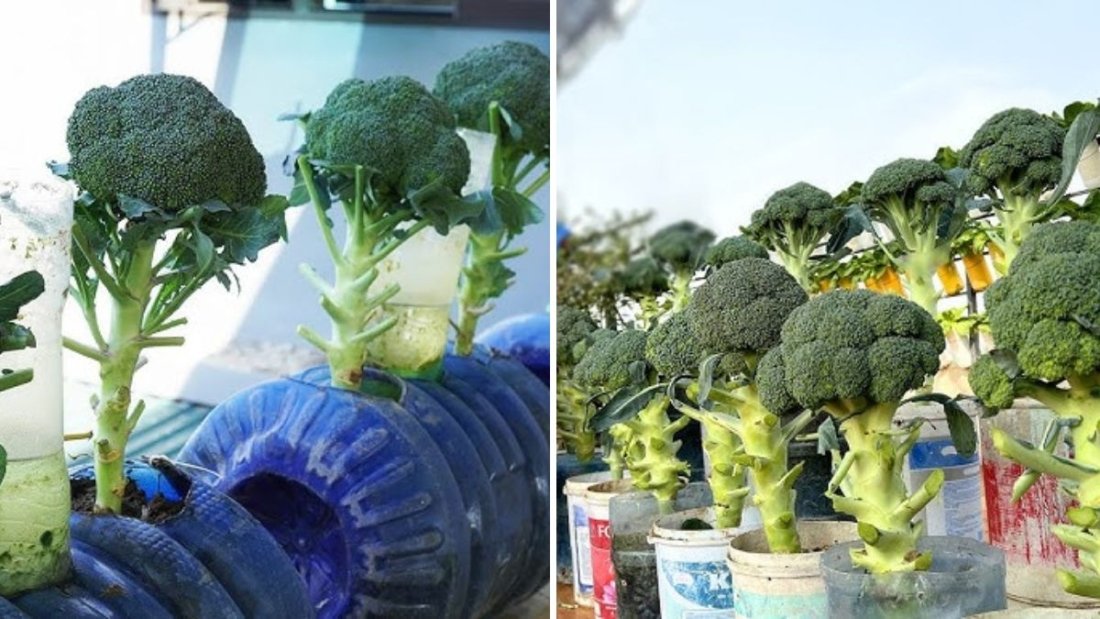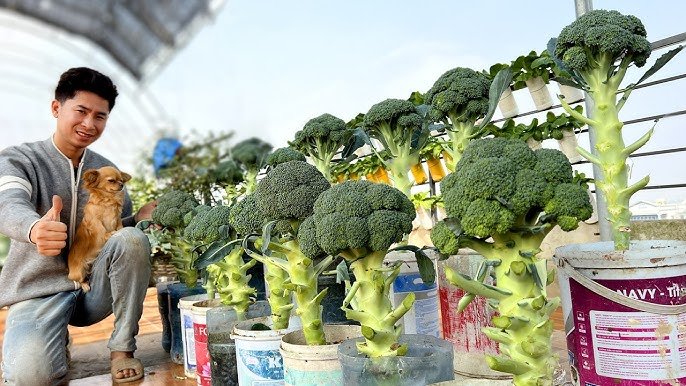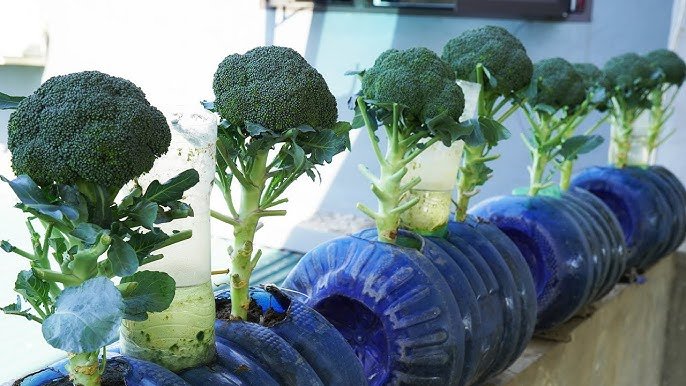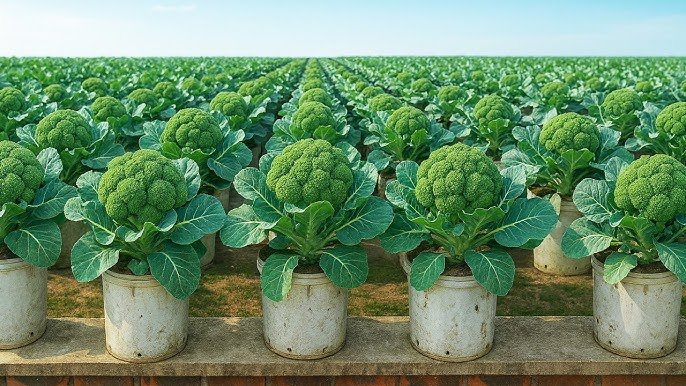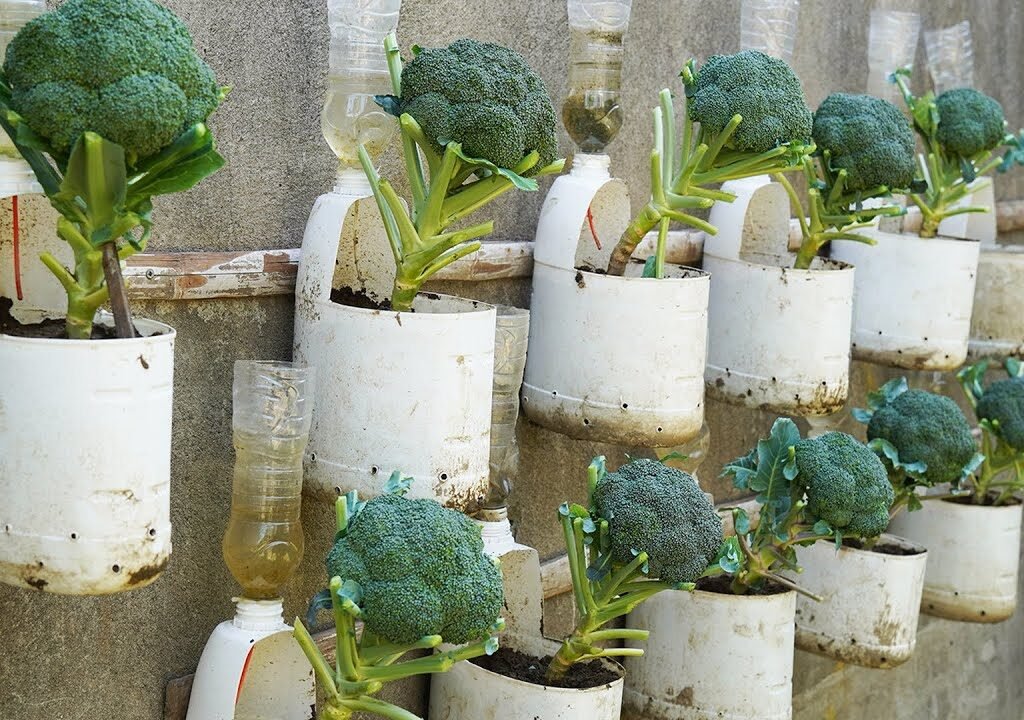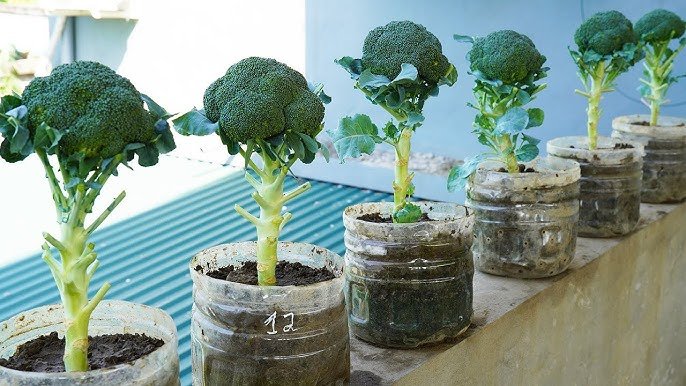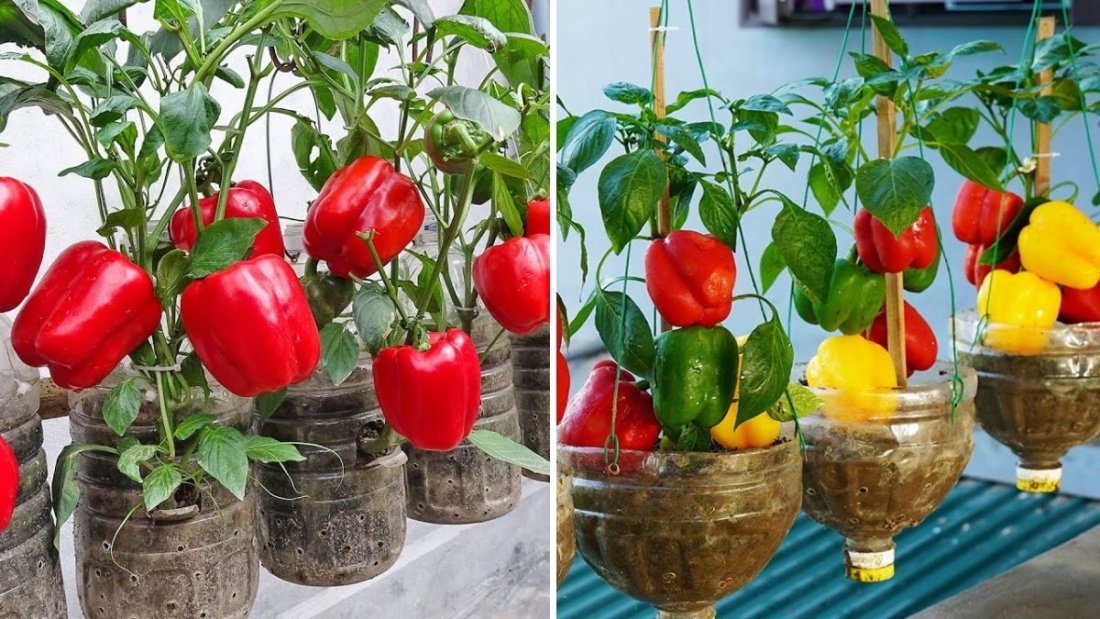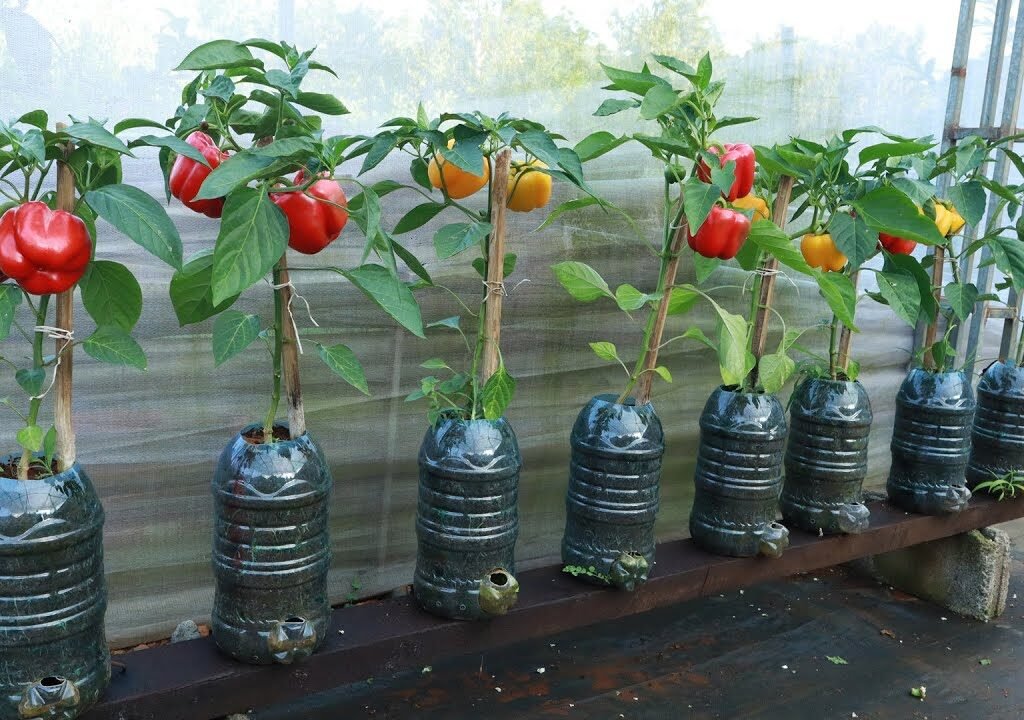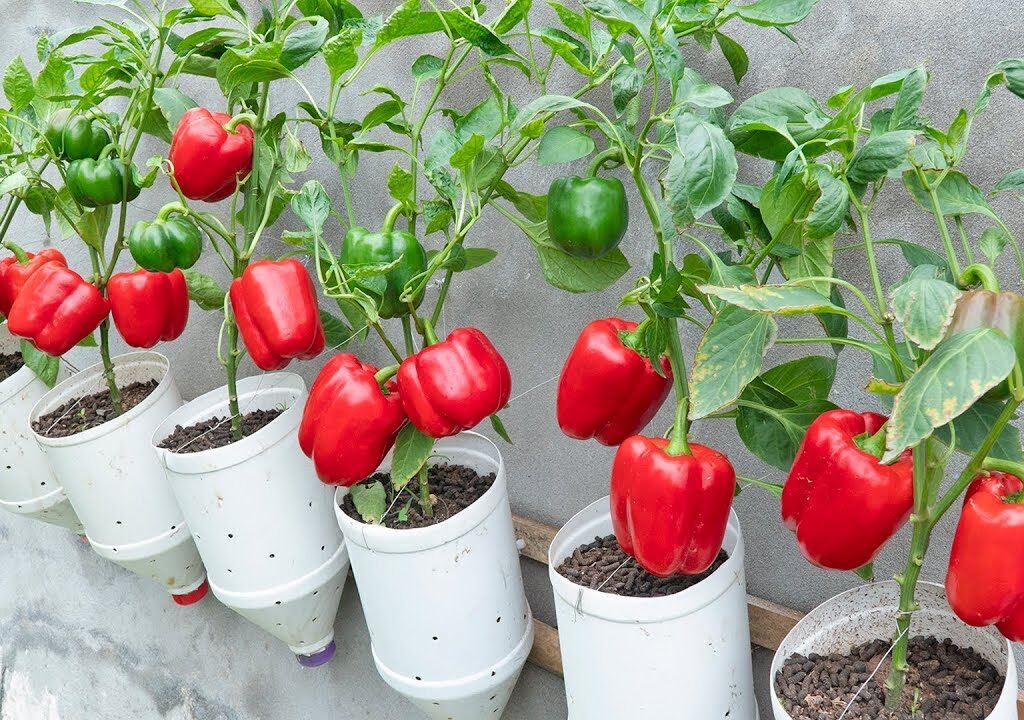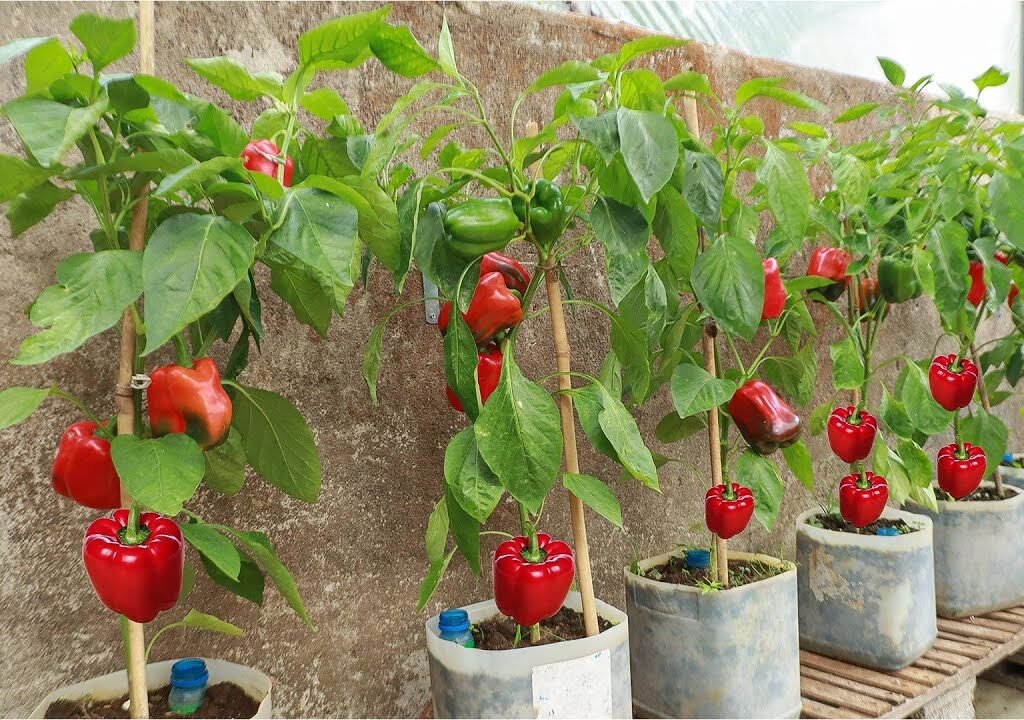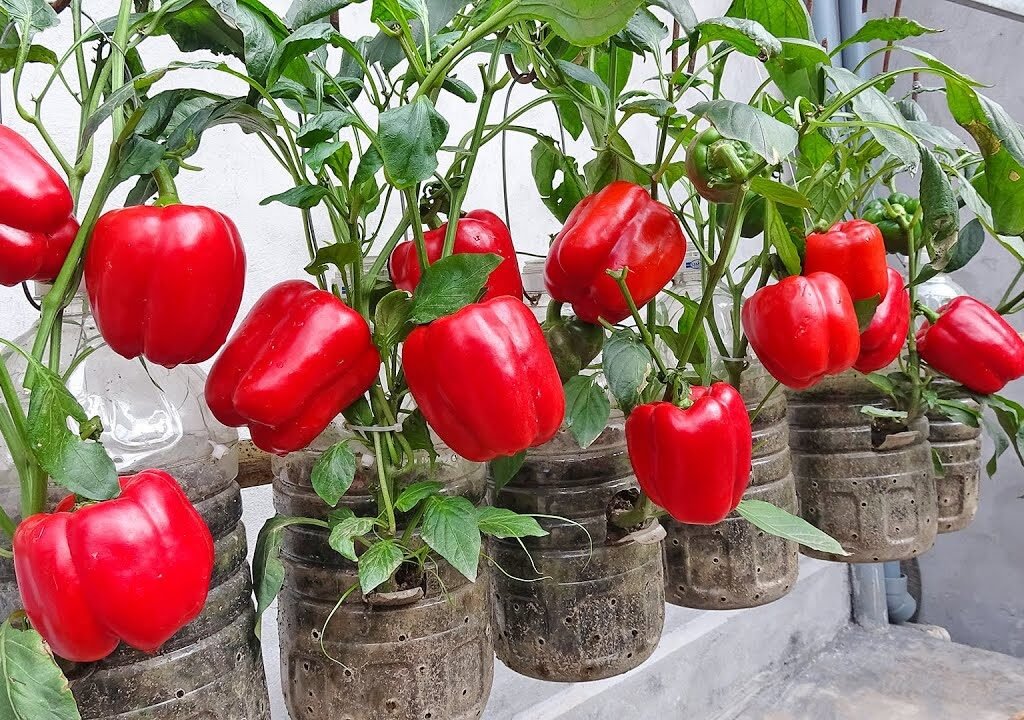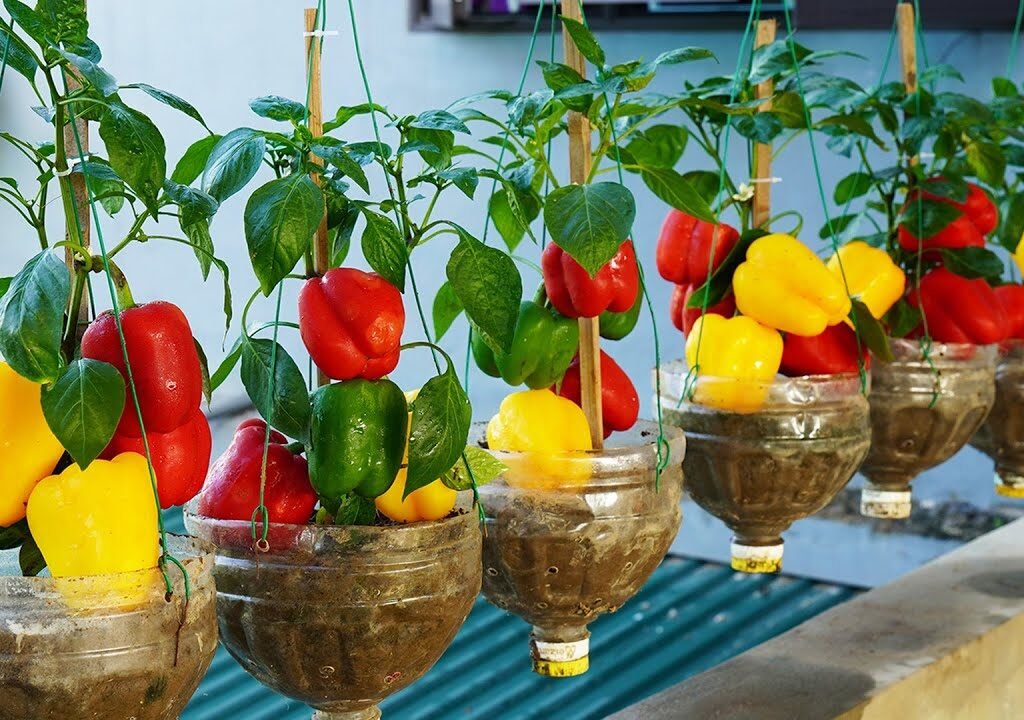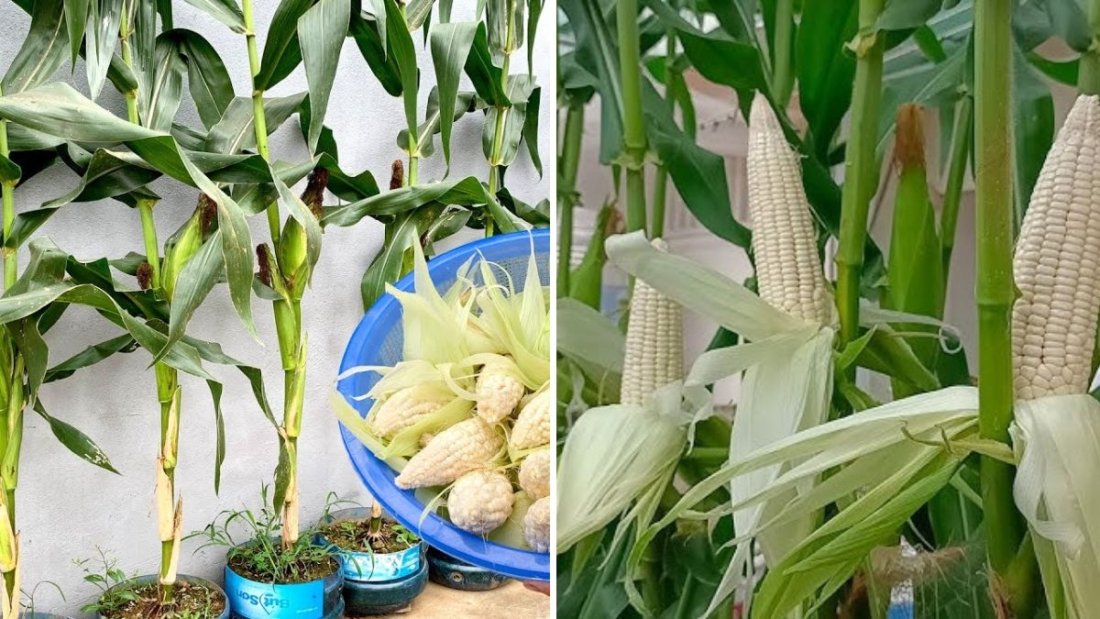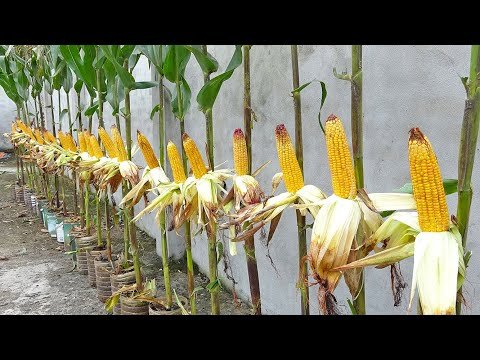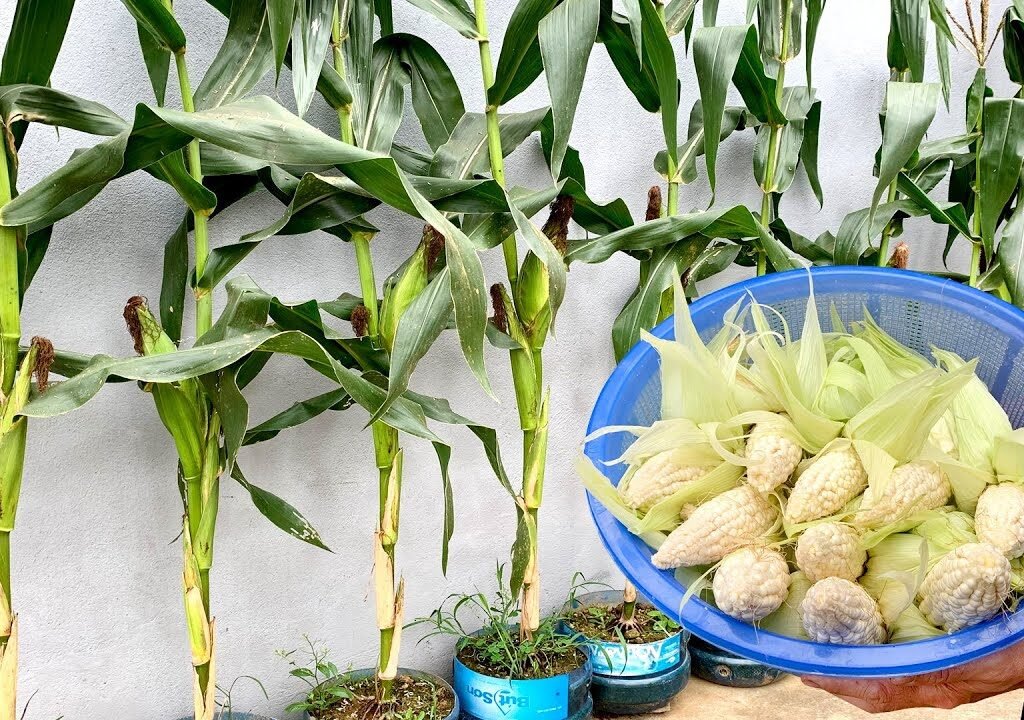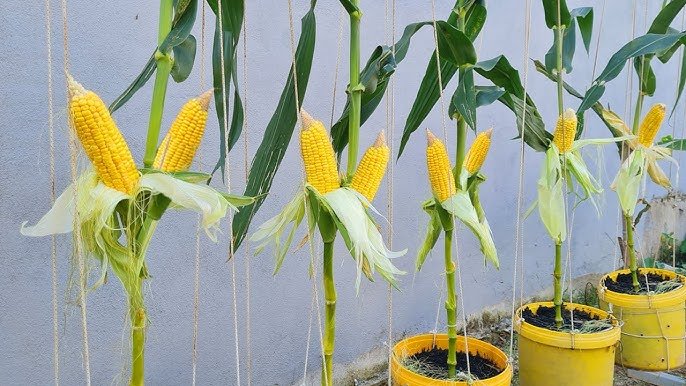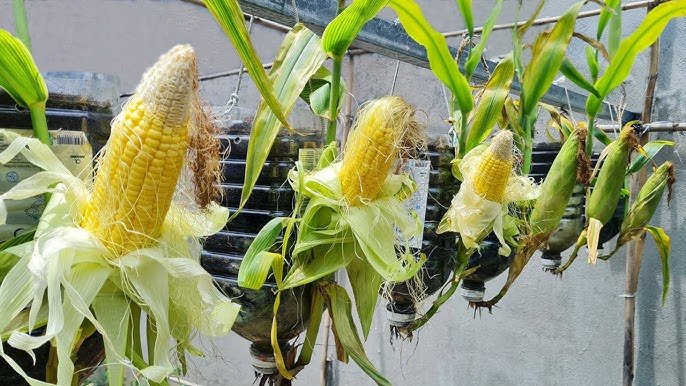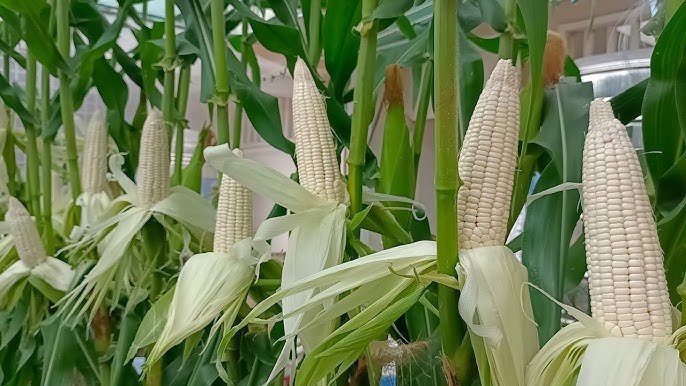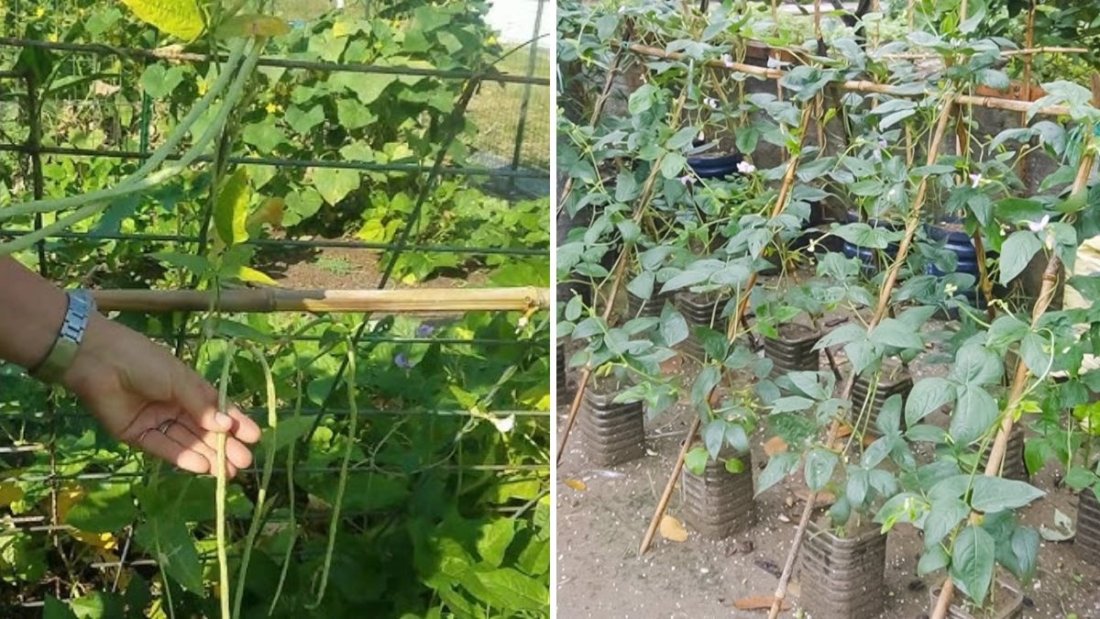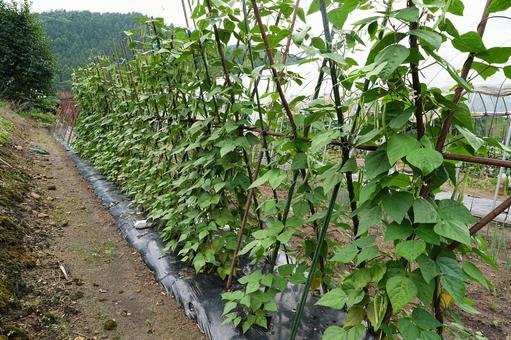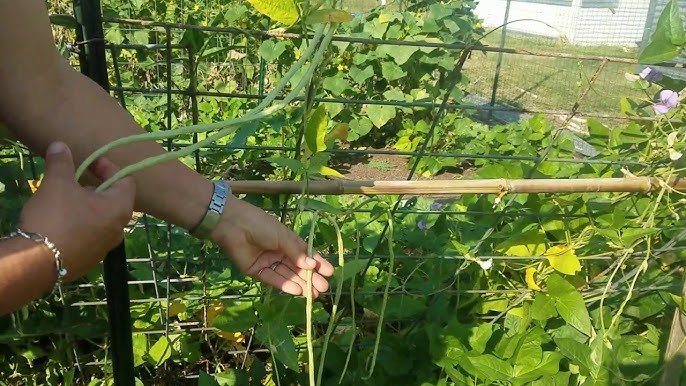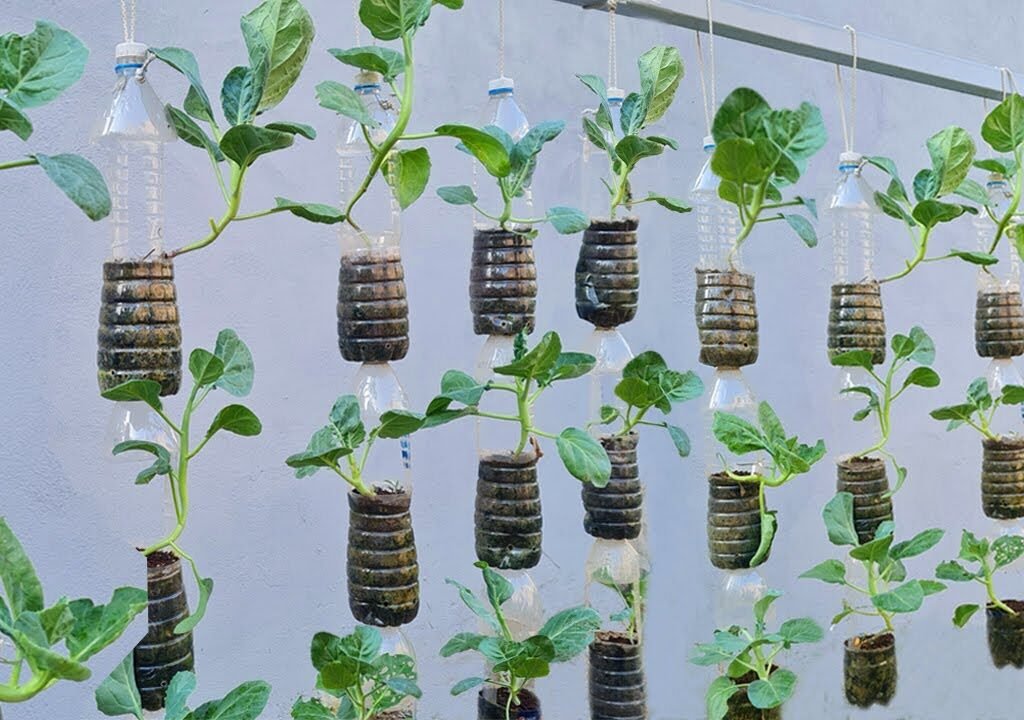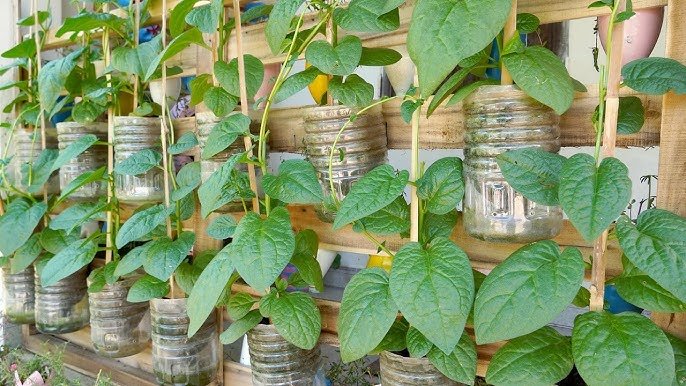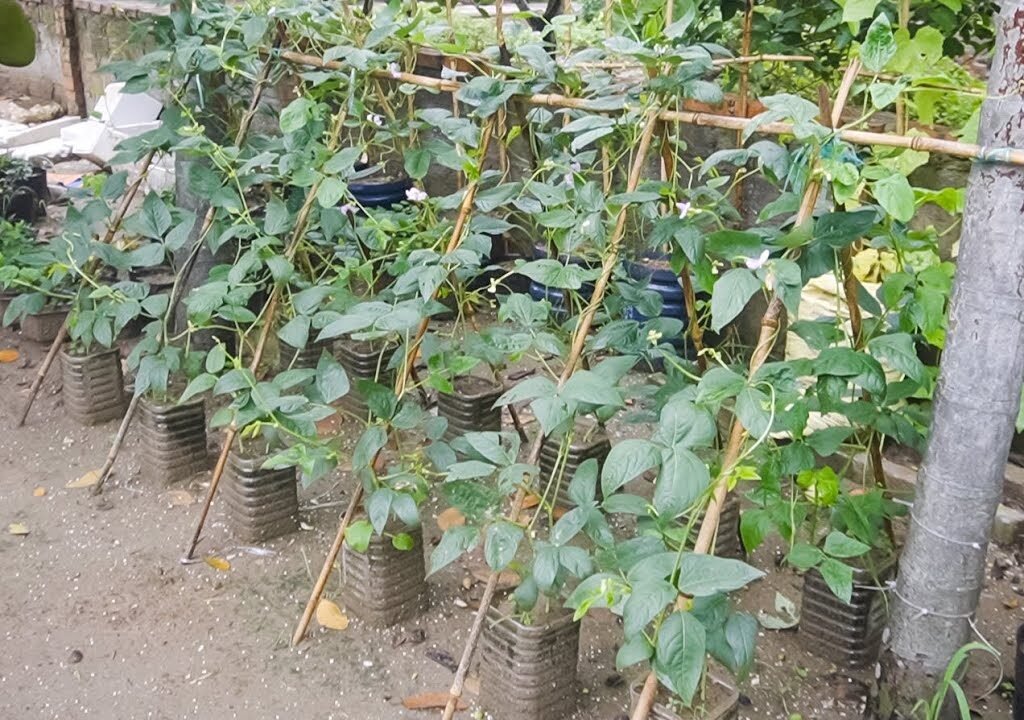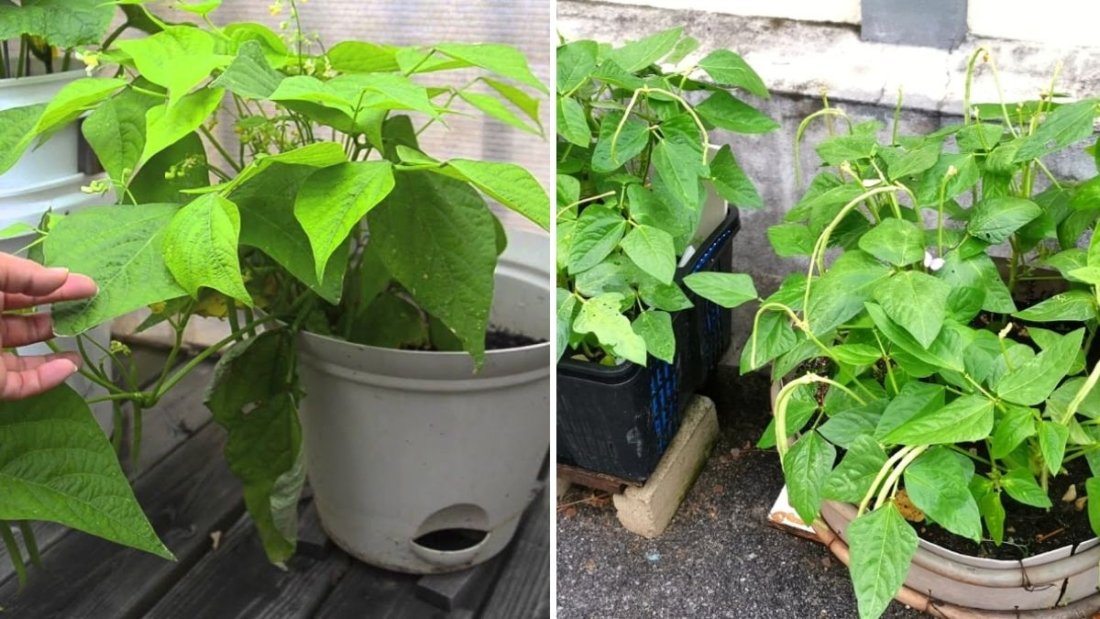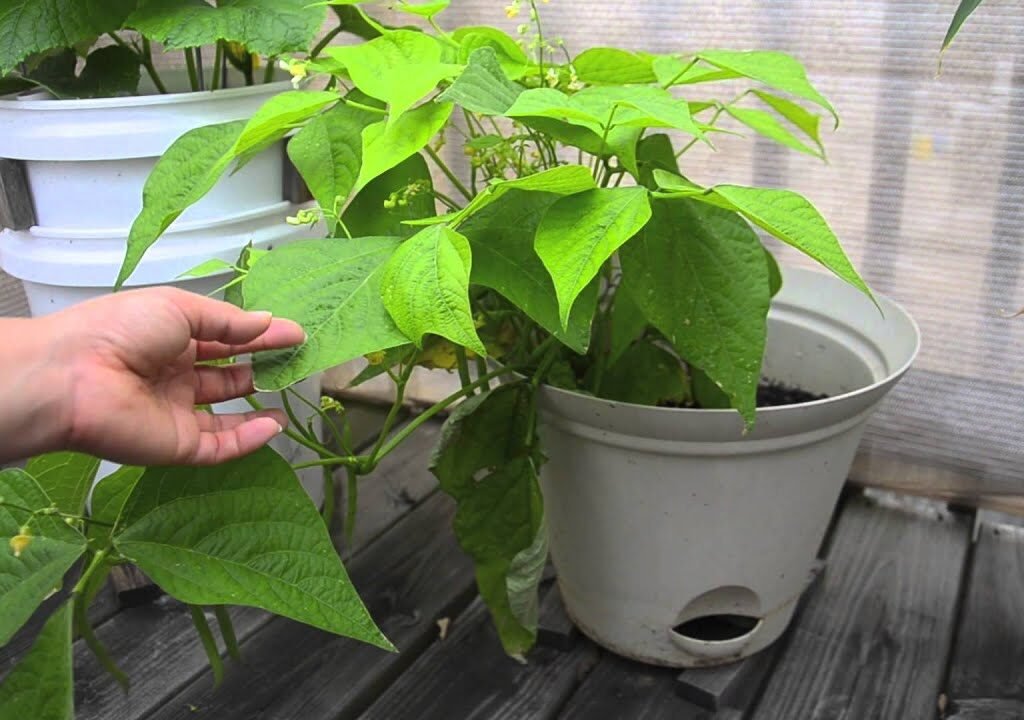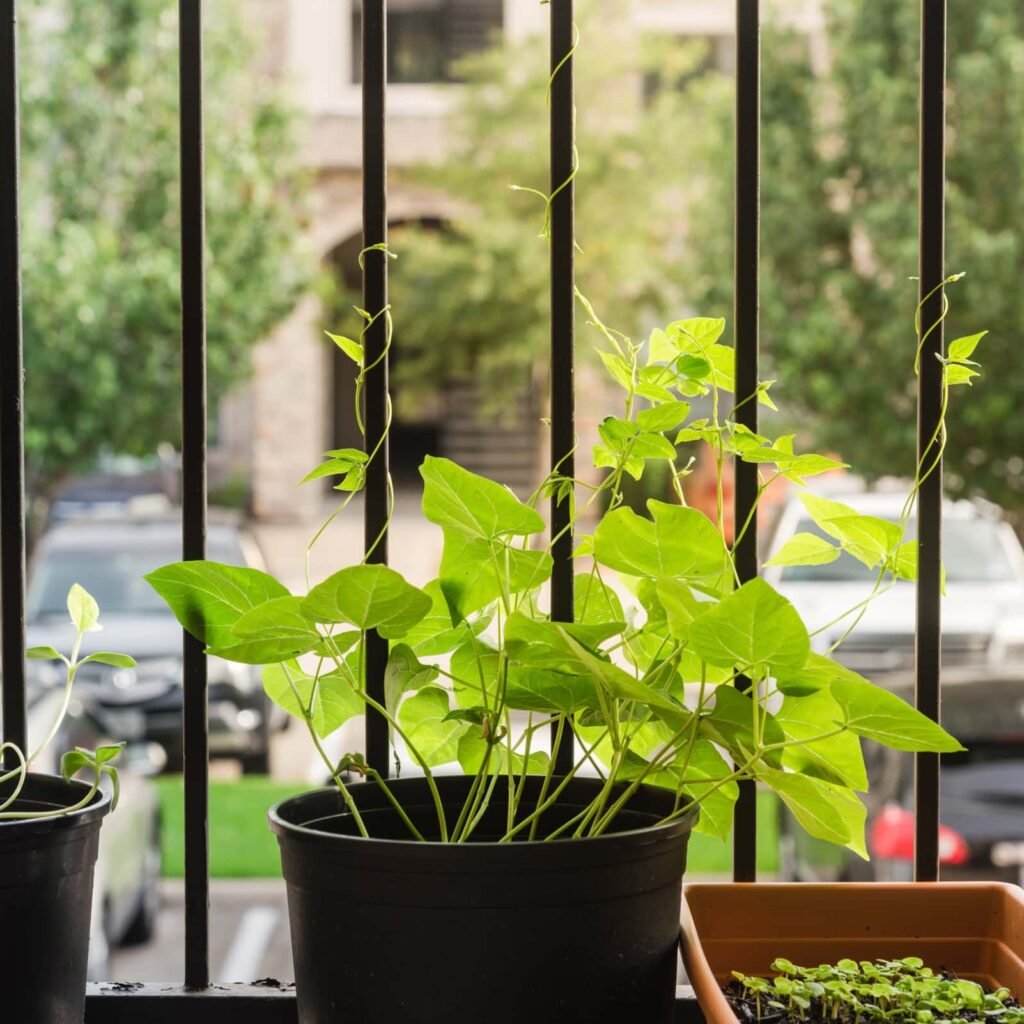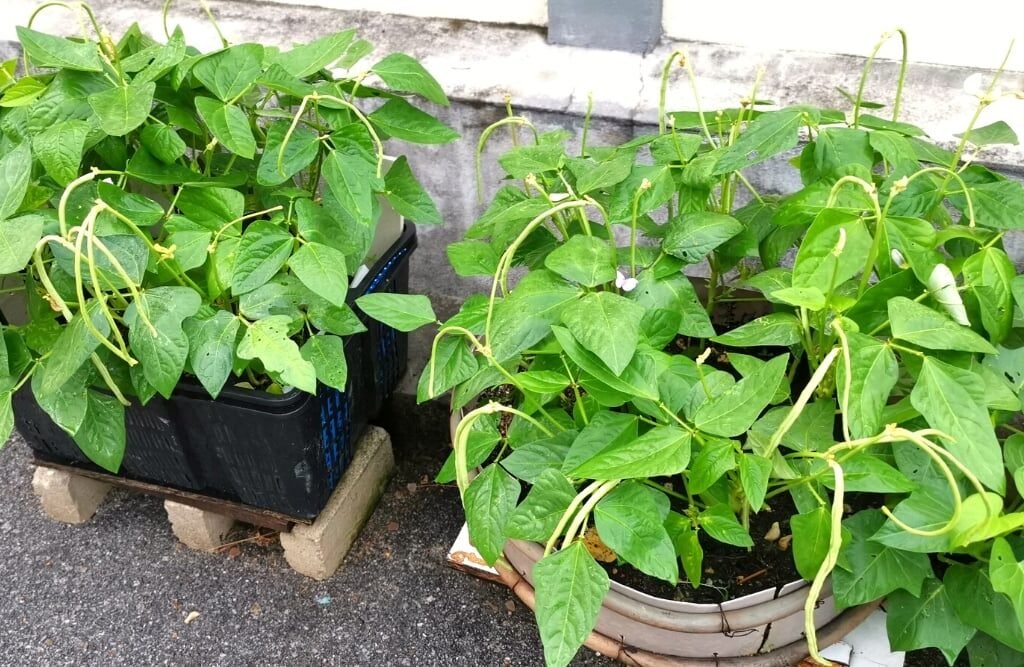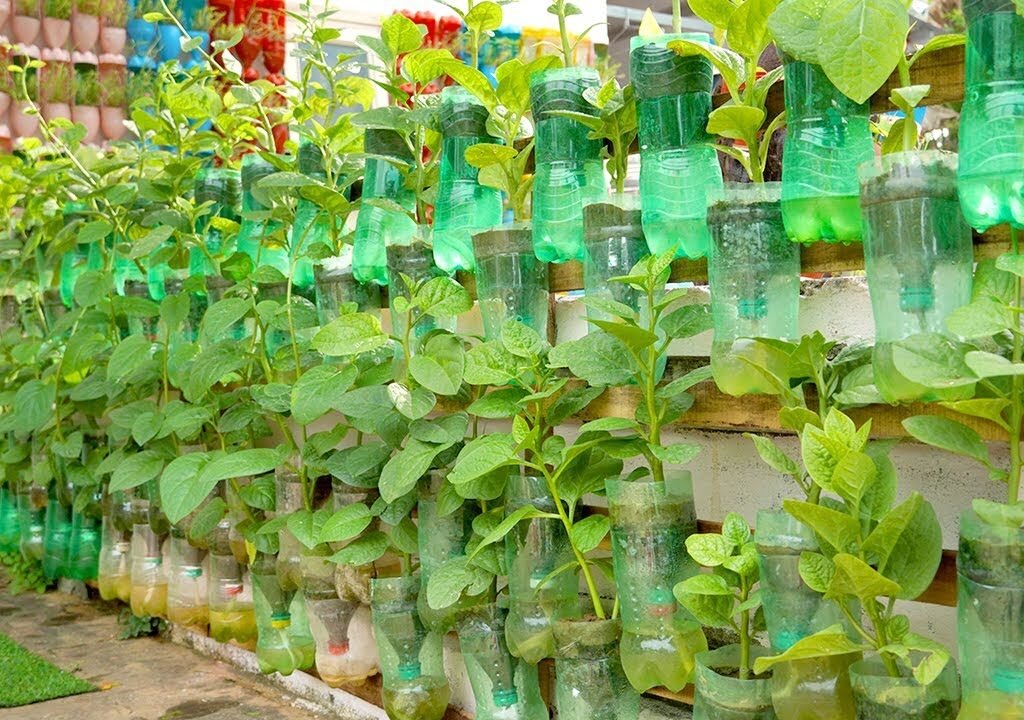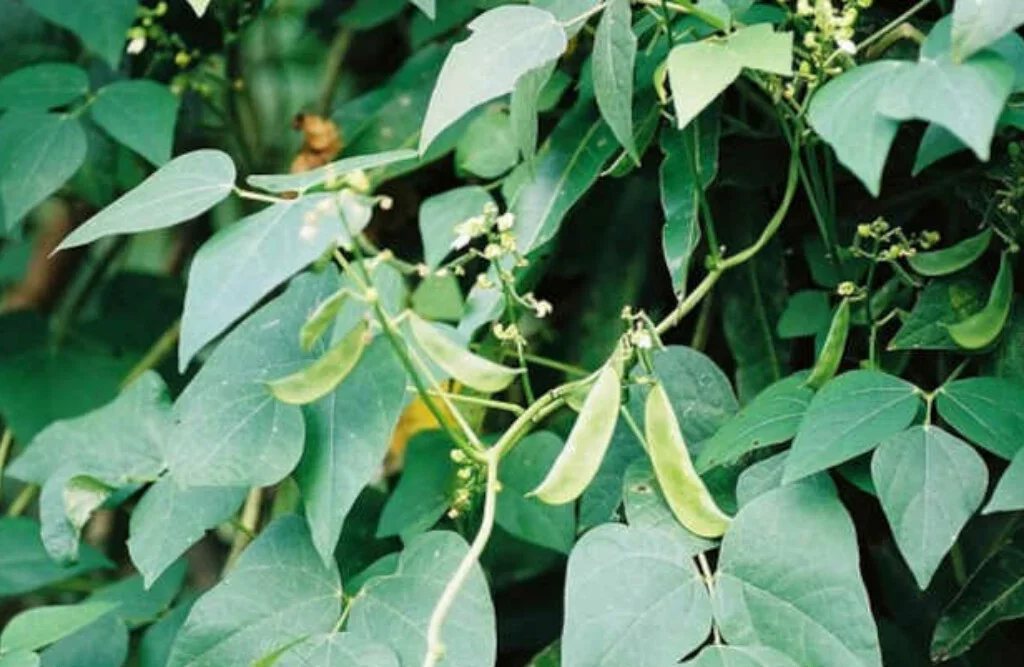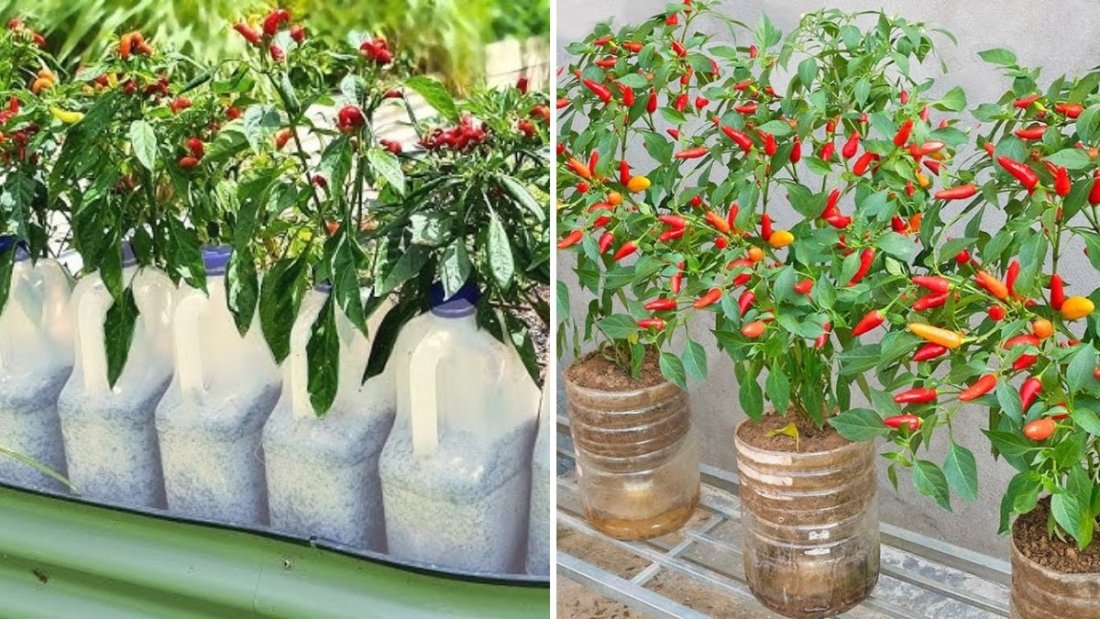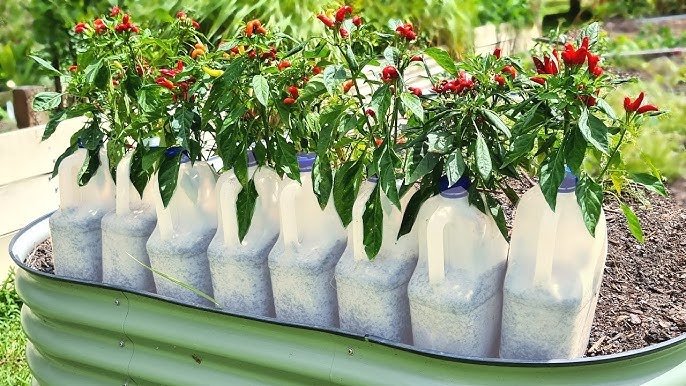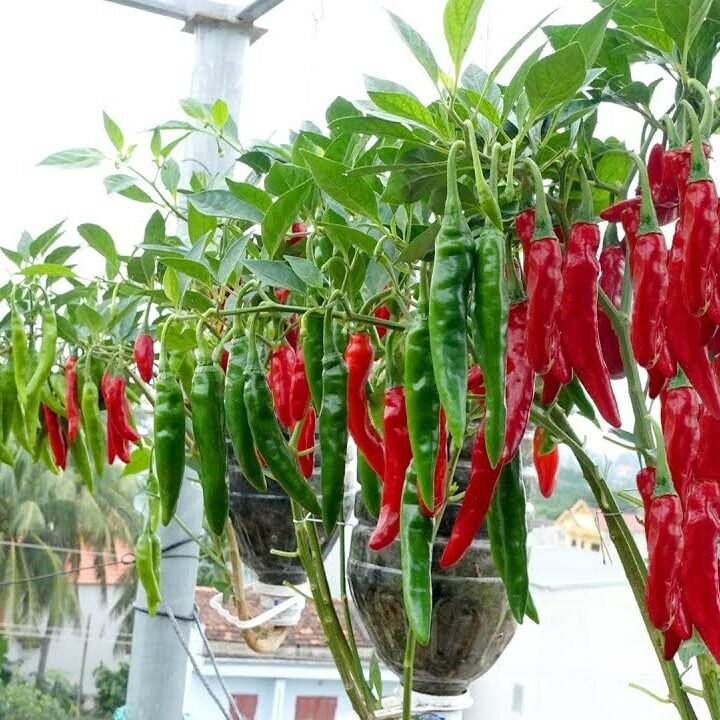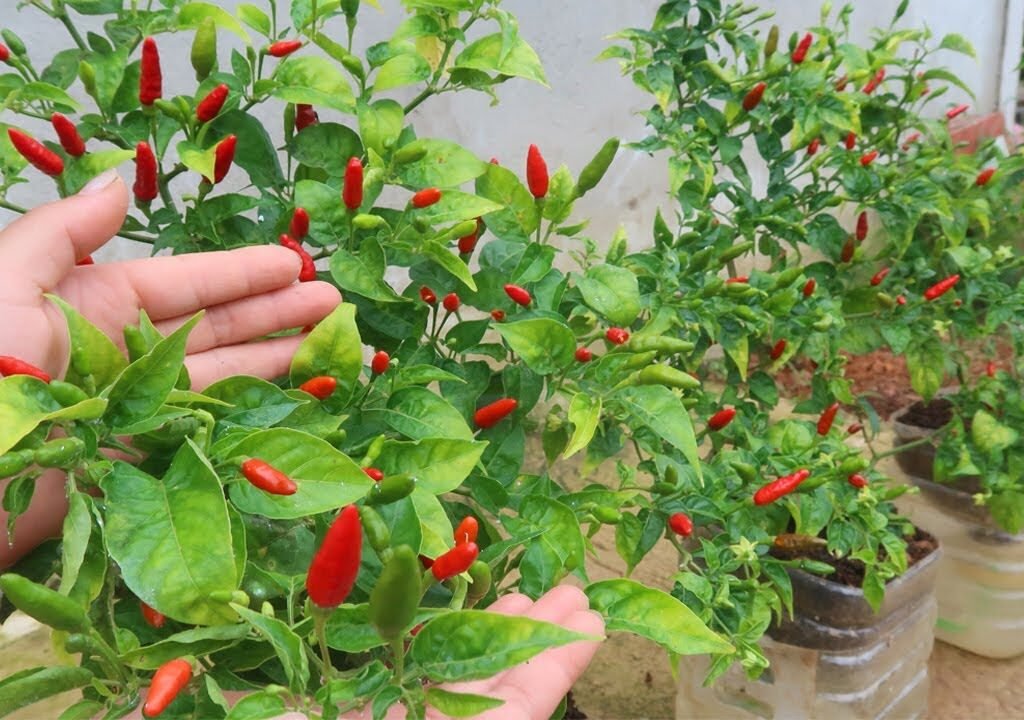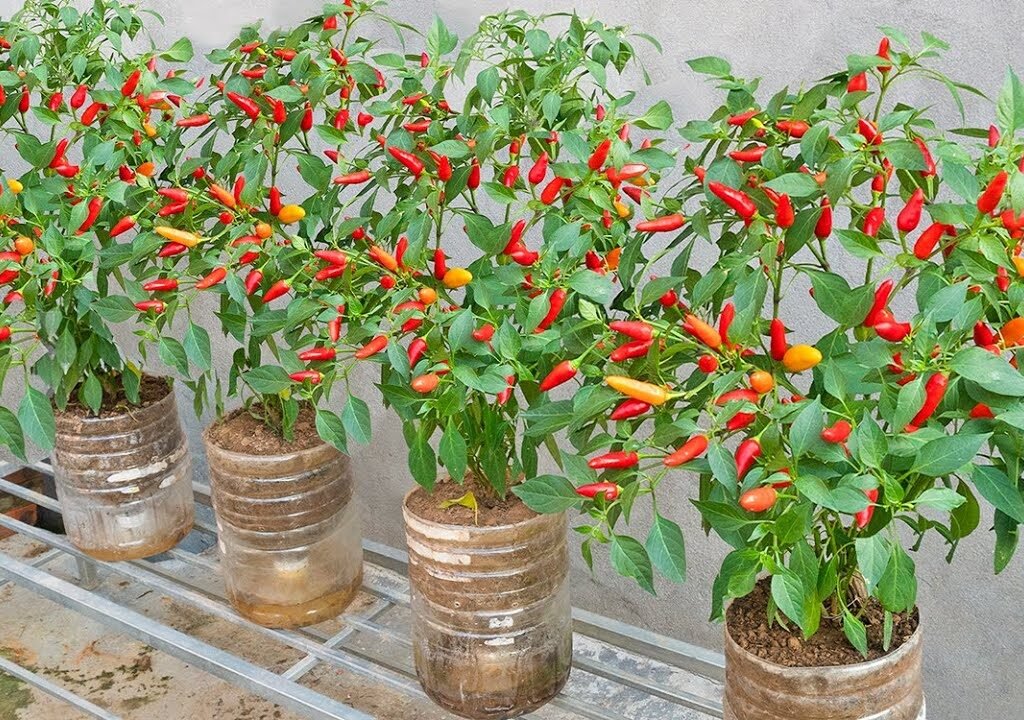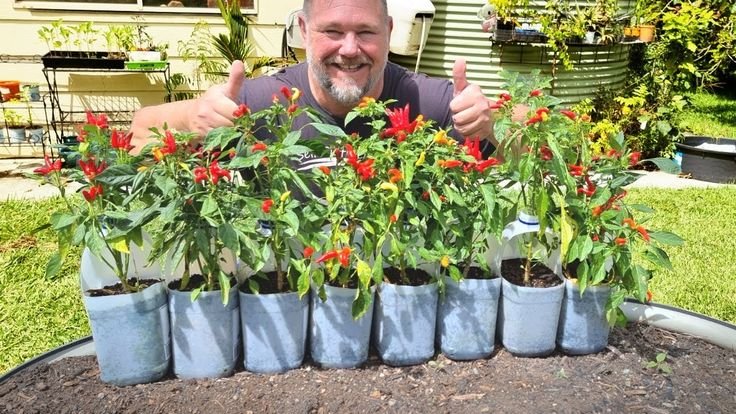If you’ve ever dreamed of growing your own fruit-bearing vines at home with minimal effort and cost, then chayote (Sechium edule) is the perfect choice. Known for its crisp, tender texture and subtle, slightly sweet flavor, chayote is a highly productive vine that thrives in home gardens and small spaces. What’s even more exciting is that with a few smart techniques, you can enjoy bountiful harvests without spending a fortune.
In this detailed guide, we’ll reveal the great secret to growing chayote at home, from planting and care to harvesting, ensuring you get lots of fruit while keeping costs low. This method is ideal for beginners, urban gardeners, and anyone looking to maximize yield from minimal resources.
1. Why Grow Chayote at Home?
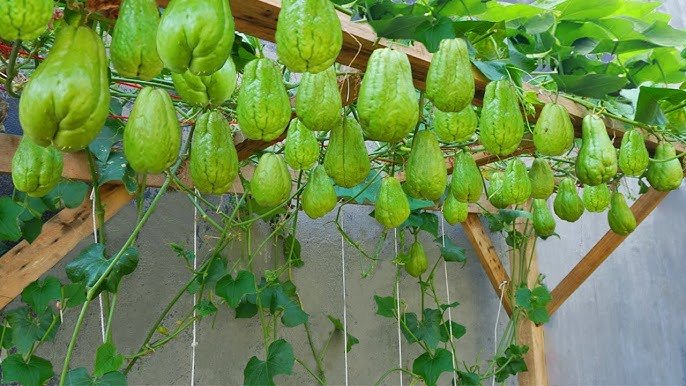
Chayote, sometimes called vegetable pear or mirliton, is a versatile vegetable popular in many cuisines around the world. It is highly nutritious and easy to grow.
Nutritional benefits of chayote include:
- Low in calories, making it ideal for weight management
- Rich in vitamins C and B6, supporting immunity and metabolism
- Contains fiber, aiding digestion
- Provides potassium and magnesium, promoting heart health
By growing chayote at home, you can:
- Enjoy fresh, organic produce free from pesticides
- Save money compared to buying from the market
- Reduce trips to the grocery store
- Engage in sustainable and rewarding gardening practices
2. Understanding Chayote Growth
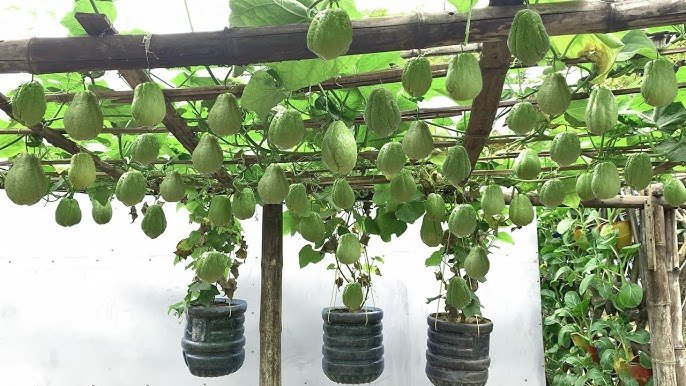
Chayote is a fast-growing climbing vine that produces fruit prolifically when given the right conditions. It prefers:
- Warm climates with plenty of sunlight
- Well-draining, fertile soil or alternative planting media
- Adequate water, but without waterlogging
A single chayote fruit can produce a vining plant that grows several meters, climbing on trellises, fences, or supports. With proper care, you can get dozens of fruits per plant per season.
3. The Secret to Low-Cost Chayote Gardening
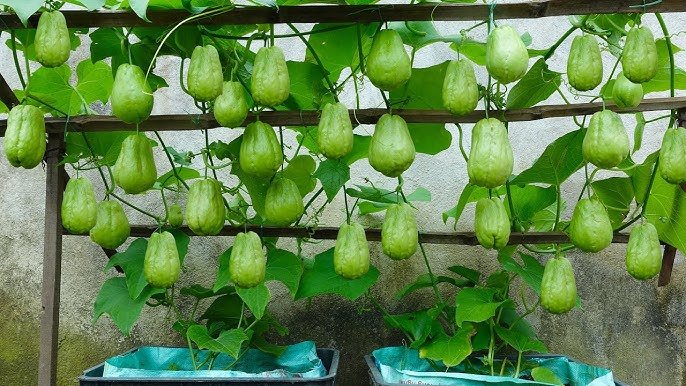
The key to high-yield, low-cost chayote gardening lies in using recycled materials and simple techniques that reduce expenses while maximizing growth:
- Planting in recycled containers like plastic bottles, buckets, or old crates
- Using kitchen scraps for natural fertilizers, like vegetable peels and compost
- Supporting vines with low-cost trellises made from bamboo, sticks, or wire
- Mulching with old leaves or shredded paper to retain soil moisture and reduce watering needs
These simple hacks allow you to grow healthy plants and abundant fruits without purchasing expensive gardening equipment or fertilizers.
4. Materials Needed for Growing Chayote
To start your low-cost chayote garden, you’ll need:
- Chayote fruit or seeds (choose firm, healthy fruit for planting)
- Plastic containers, old buckets, or recycled crates
- Potting soil or compost mix
- Watering can or spray bottle
- Support structures like bamboo sticks, strings, or trellis nets
- Mulching material such as dried leaves, shredded newspaper, or straw
With these materials, you can create a productive, budget-friendly chayote garden in your backyard or terrace.
5. Selecting the Right Chayote Fruit for Planting
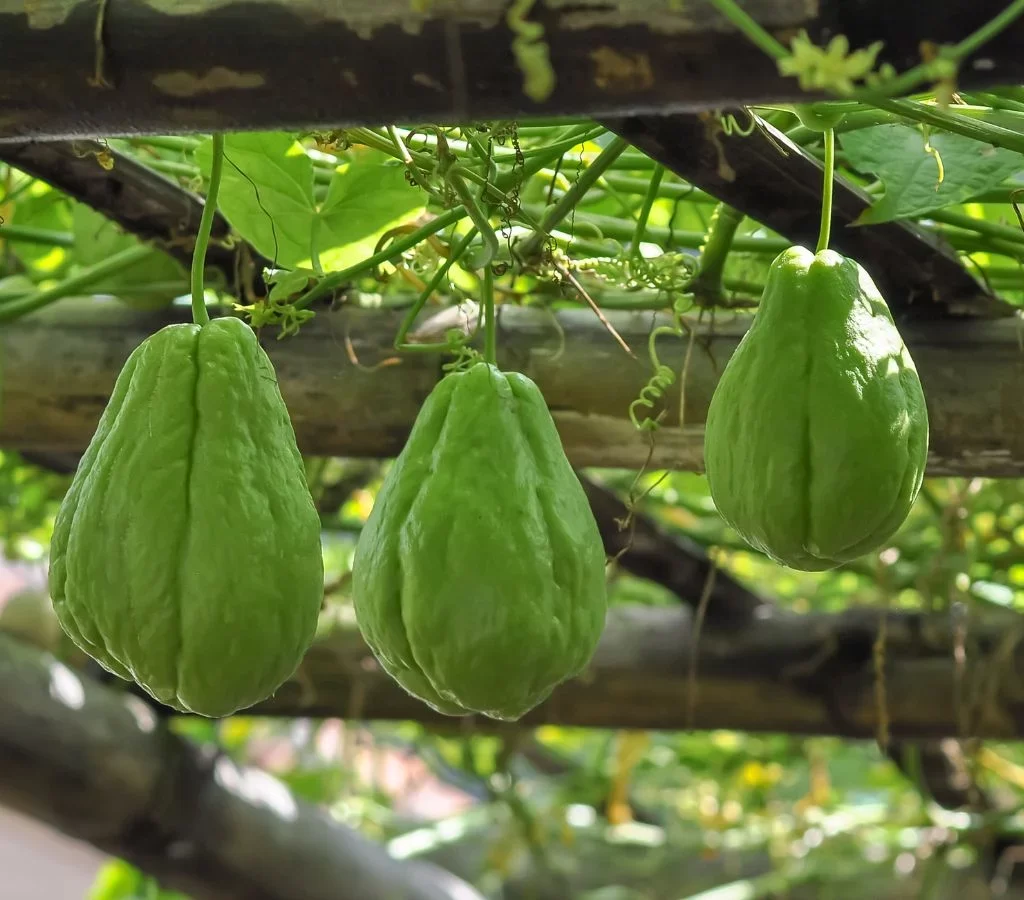
Planting the right chayote fruit is crucial for a successful harvest:
- Choose firm, healthy, and mature chayote. Avoid damaged or shriveled fruit.
- Chayote fruit with slight sprouting is ideal as it is ready to root.
- For multiple plants, you can split large fruits to plant more than one vine.
Using quality planting material ensures fast growth and higher yield with minimal effort.
6. Preparing Containers for Planting
Chayote is a vine that requires ample space for root growth. Recycled containers are perfect for low-cost gardening:
- Clean Containers: Wash thoroughly to remove residues.
- Add Drainage Holes: Ensure proper drainage to avoid root rot.
- Fill with Soil: Use nutrient-rich potting soil mixed with compost or organic matter.
- Optional Mulch Layer: Add shredded leaves or paper on top to retain moisture.
This setup allows your chayote plant to thrive in limited space while keeping costs low.
7. Planting Chayote in Containers
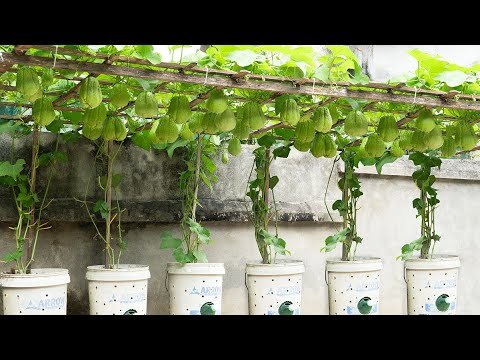
Planting chayote is simple:
- Place the fruit horizontally in the soil, ensuring the sprout points upward.
- Cover partially with soil, leaving the sprout exposed.
- Water gently to keep the soil moist.
- Position near support so the vine can climb as it grows.
Chayote roots quickly and begins sending out vines and leaves within a few weeks.
8. Supporting Chayote Vines
Chayote is a vigorous climber and requires support to produce maximum fruit:
- Use bamboo sticks, trellises, or recycled wire mesh to guide vines upward.
- Ensure the support is strong enough to hold heavy fruit.
- Tie vines loosely to prevent breakage while allowing natural growth.
Proper support allows the plant to access sunlight efficiently and produces more fruits with less effort.
9. Watering and Fertilization
Chayote prefers consistent moisture but not waterlogged soil.
- Water regularly, especially in hot weather, to keep soil evenly moist.
- Use organic kitchen scraps or homemade compost for fertilization. Banana peels, vegetable scraps, and coffee grounds are excellent natural fertilizers.
- Optional: Liquid organic fertilizer every 2–3 weeks can boost growth and fruiting.
These low-cost techniques ensure your chayote plants remain healthy and productive without expensive fertilizers.
10. Pruning for Better Yield
Pruning is key to encouraging more fruit production:
- Remove damaged or yellowing leaves to prevent disease.
- Trim overly long vines to redirect energy to fruit development.
- Regular pruning encourages bushier growth, which means more flowers and fruits.
Even minimal pruning can significantly increase your harvest without additional costs.
11. Pest and Disease Management
Chayote is relatively hardy, but occasional pests may appear:
- Aphids and whiteflies: Spray with diluted neem oil or soapy water.
- Fungal infections: Avoid overwatering and ensure good air circulation.
- Leaf-eating insects: Handpick or use organic deterrents.
With a little vigilance, you can maintain a healthy, high-yield garden naturally.
12. Harvesting Chayote
Chayote fruits are ready to harvest about 4–5 months after planting:
- Harvest fruits while still tender for best taste.
- Leave some fruits on the vine to encourage continuous flowering.
- Pick mature fruits carefully to avoid damaging the vine.
A single vine can produce 10–20 fruits or more per season, making it a high-yield, low-cost crop.
13. Cooking Ideas for Chayote
Chayote is versatile in the kitchen:
- Stir-fried with garlic and chili: Simple and nutritious.
- Boiled or steamed: Retains crispness and nutrients.
- Soups and curries: Adds mild sweetness and texture.
- Salads: Shredded raw chayote is crunchy and refreshing.
- Juices and smoothies: Combine with other greens for a healthy drink.
Homegrown chayote tastes fresher and sweeter than store-bought produce.
14. Tips for Maximizing Yield at Minimal Cost
To grow abundant chayote without spending much:
- Reuse containers and supports from home materials.
- Plant multiple fruits for continuous harvest.
- Use kitchen scraps and homemade compost for fertilization.
- Mulch regularly to retain moisture and reduce watering.
- Prune vines and manage space to encourage fruiting.
These strategies help you achieve high productivity with minimal investment.
Conclusion
Growing chayote at home is both rewarding and cost-effective. By using recycled containers, homemade compost, and smart vine management, you can enjoy abundant fruit without expensive inputs. With proper planting, care, and harvesting, even beginners can cultivate healthy, productive chayote vines in their backyard, terrace, or balcony.
Start your chayote garden today and experience the joy of homegrown, low-cost, organic fruits. With a few simple secrets, your chayote vines will flourish, giving you fresh, nutritious vegetables all season long.
